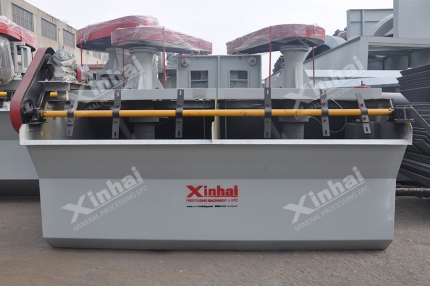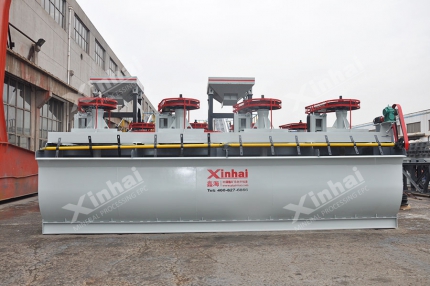At present, the international gold price continues to rise, making the efficient recovery of gold resources particularly important. There are many types of gold ore, and the classification of ores is mainly based on the complexity of ore composition and the difficulty of mineral processing. Generally, gold ore can be divided into sulfide-poor gold ores, high-sulfide gold ores, polymetallic sulfide gold-bearing ores, gold-copper ores and telluride gold ores. Due to the different mineral compositions, associated mineral types and gold occurrence states of various types of ores, their mineral processing technologies are also quite different. Therefore, in the actual ore dressing process, it is necessary to adopt corresponding process methods for different ore types to improve the gold recovery rate and ore dressing efficiency, and achieve ideal economic benefits and resource utilization.
Use the table of contents below to navigate through the guide:
01Sulfide-poor gold ore dressing
Sulfide-poor gold ore is mainly quartz vein type ore, including complex quartz vein type and fine vein impregnation type. The sulfide content in the ore is low, mainly pyrite, and some ores are associated with copper, lead, zinc, tungsten, molybdenum and other minerals. The gold minerals in this type of ore are mainly natural gold, with relatively large particle size. Gold is the main recovery object, while other elements or minerals usually have no industrial value or can only be recovered as by-products.
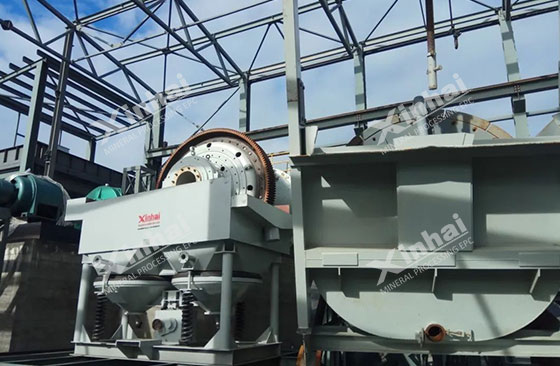
For the beneficiation of sulfide-poor gold ore, a relatively simple process flow is generally adopted. For coarse gold, gravity separation can be used for recovery; fine gold is usually recovered by flotation, and the flotation concentrate is then cyanided; ultra-fine-grained poor ore should be directly extracted by full mud cyanidation. These methods can effectively improve the recovery rate of ore dressing and achieve economically reasonable gold recovery.
02Polysulfide gold ore dressing
Polysulfide gold ore mainly contains pyrite or arsenopyrite with high content, both of which have recovery value. The gold grade in the ore is relatively low and does not change much. The natural gold particles are small and are usually wrapped in pyrite or arsenopyrite, making it difficult to recover directly.
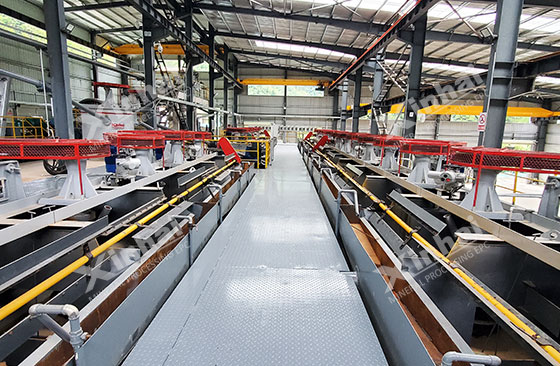
For polysulfide gold ore, flotation is often used for separation. First, gold and sulfide are enriched in the concentrate by flotation to ensure a high gold recovery rate. Subsequently, the concentrate obtained by flotation is cyanided to extract gold, and cyanide tailings containing a large amount of pyrite or arsenopyrite are produced. In order to further recover sulfide minerals, the cyanide tailings can be floated again to separate pyrite and arsenopyrite to achieve comprehensive recycling of resources. This process can not only effectively recover gold, but also make full use of the associated sulfide resources to improve the economic benefits of ore dressing.
03Polymetallic ore dressing
Gold-bearing polymetallic ores are not only rich in gold, but also often accompanied by a variety of economically valuable metal minerals such as copper, copper-lead, lead-zinc-silver, tungsten, and antimony. The main characteristics of this type of ore include: containing a high proportion of sulfides (about 10% to 20%); natural gold is closely associated with pyrite and metal minerals such as copper and lead; the embedded particle size of gold varies greatly and is unevenly distributed; at the same time, the ore contains a variety of associated minerals that can be comprehensively recycled.
.jpg)
Due to these complex mineral compositions, it is necessary to determine the appropriate beneficiation method based on the ore type and the occurrence state of metal minerals. For example, for gold-bearing copper-iron ore, the main metal minerals are chalcopyrite and magnetite, and natural gold is mostly fine particles in chalcopyrite. Therefore, a combined flotation-magnetic separation process can be used to first recover the gold-bearing copper concentrate by flotation, and then use magnetic separation to obtain the iron concentrate. For other types of gold-containing polymetallic ores, multiple methods such as gravity separation, flotation, magnetic separation and cyanidation are often combined to achieve efficient recovery of gold and associated metals, thereby improving comprehensive utilization and economic benefits.
04Gold-bearing copper ore dressing
Gold-bearing copper ore has a lower gold grade than polymetallic sulfide gold-bearing ore. The gold minerals are mainly natural gold with moderate particle size and complex symbiotic relationship with copper minerals and other minerals.
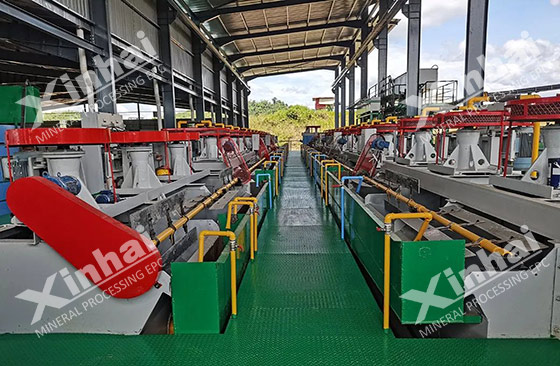
In the ore dressing process, flotation method is usually used to enrich gold and copper in copper concentrate to obtain copper-gold concentrate, which is then sent to the smelter for smelting to realize gold recovery in the smelting process. This process not only ensures the effective utilization of low-grade gold resources, but also improves the recovery rate of copper, and has high economic value.
05Ore dressing of gold ore containing telluride
Gold ore containing telluride is mainly composed of natural gold and telluride gold minerals, most of which exist in a natural state, but a considerable part of it exists in the form of telluride. This type of ore is mostly formed in low-temperature hydrothermal deposits, and its gangue minerals mainly include quartz, chalcedony quartz and carbonate minerals.
During the ore dressing process, due to the brittle nature of telluride gold minerals, it is easy to muddy during grinding, which brings certain difficulties to the subsequent flotation. Therefore, for the treatment of telluride gold ore, stage grinding and stage flotation processes are usually adopted to reduce the impact of ore mud on flotation recovery rate. In addition, the combined process of flotation and amalgamation is often selected to improve the gold recovery rate and optimize resource utilization efficiency.
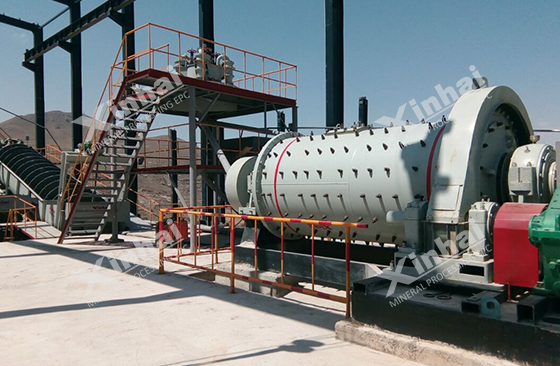
Gold resources are very precious. In order to extract gold from gold ore more economically and environmentally friendly, a beneficiation test should be carried out first. By analyzing the properties of the ore and scientifically obtaining a beneficiation test report, a strong basis can be provided for subsequent process selection. On this basis, combined with the actual situation of the gold ore dressing plant, investment budget and other factors, a suitable beneficiation plan is formulated to achieve an ideal return on investment.

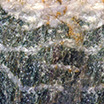
 marketing@ytxinhai.com
marketing@ytxinhai.com  0086 13810327080
0086 13810327080 

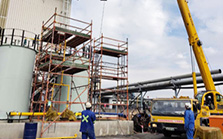



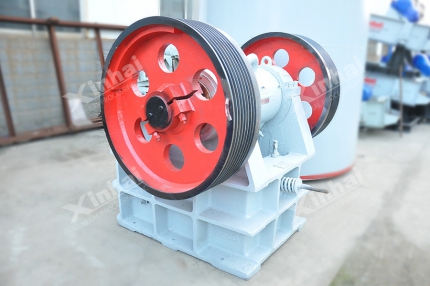

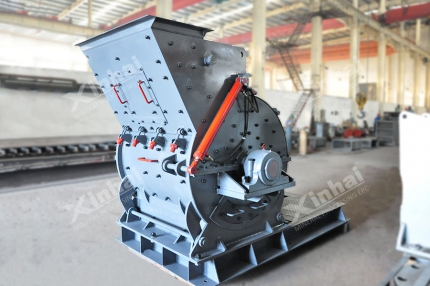
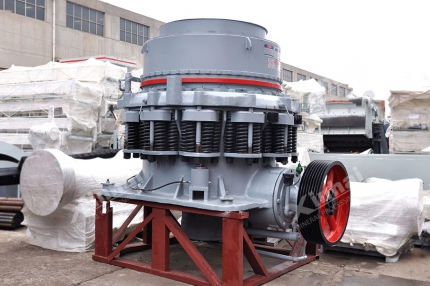
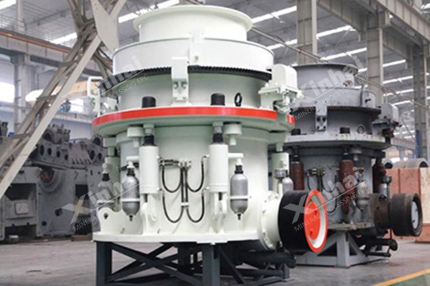
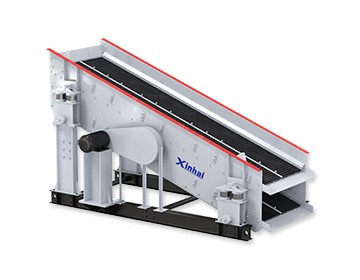
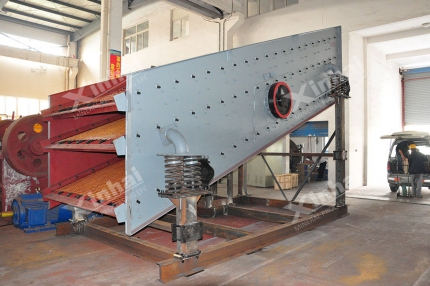
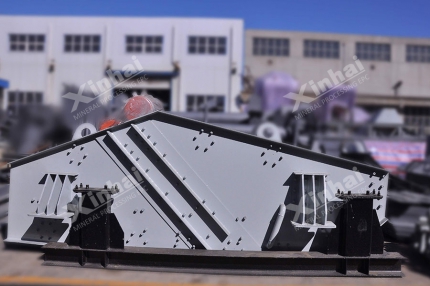
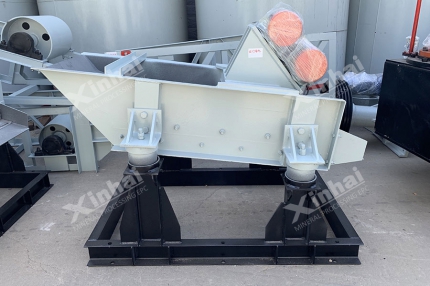
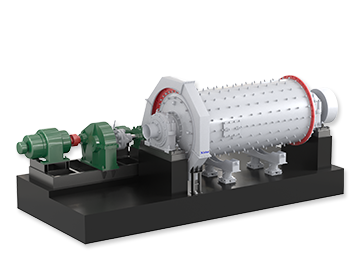
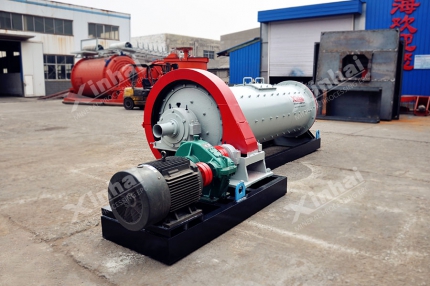
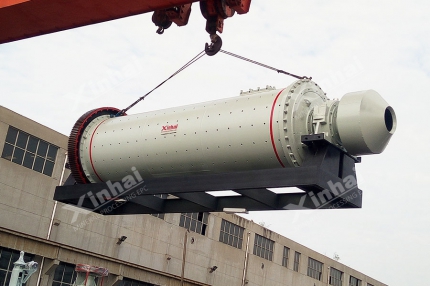
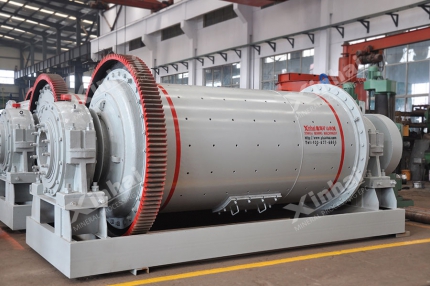
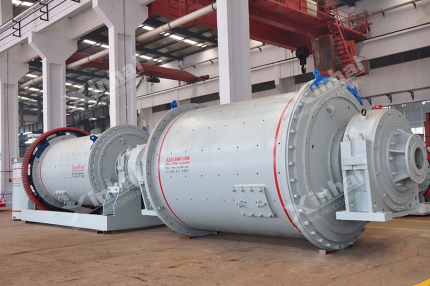
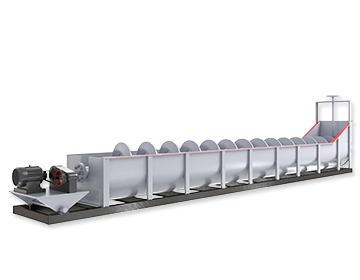
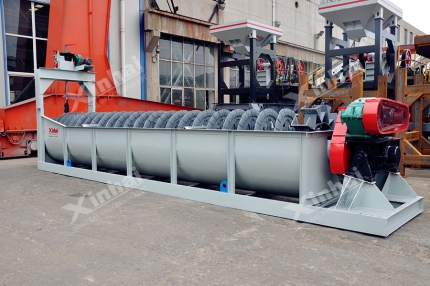
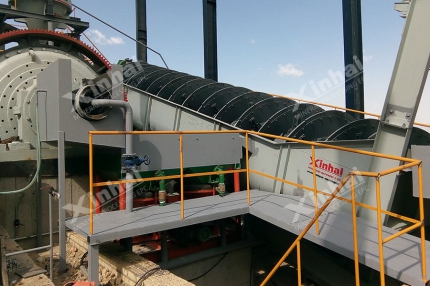
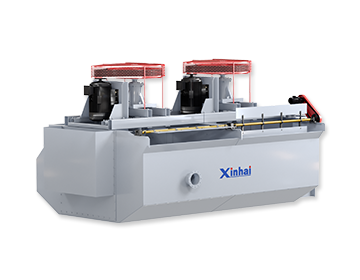
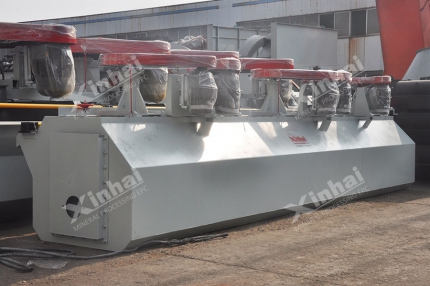
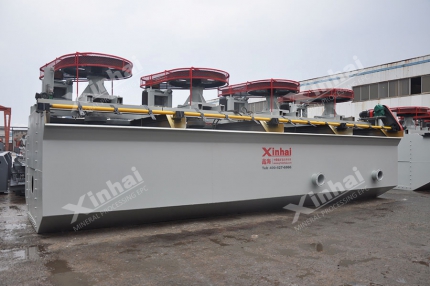
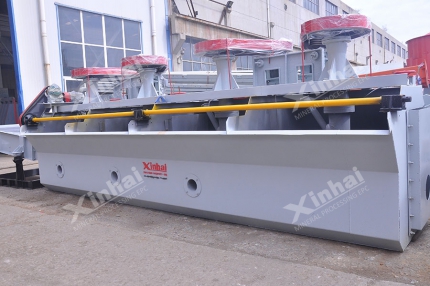
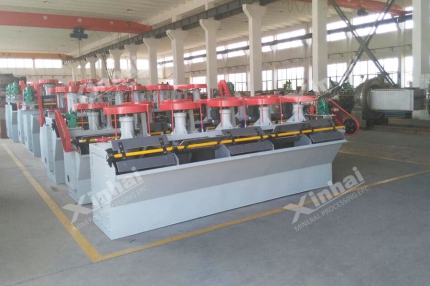
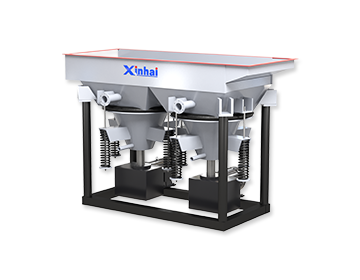
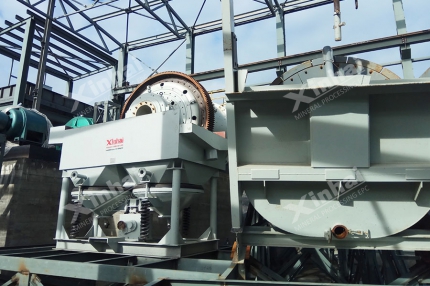
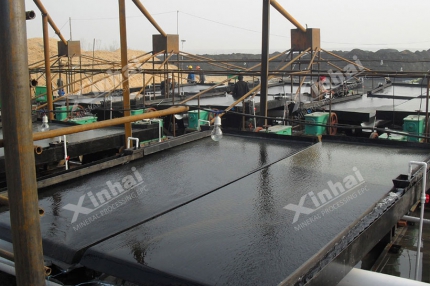
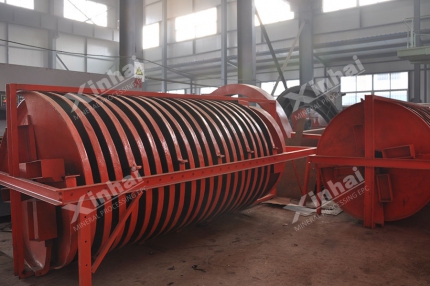
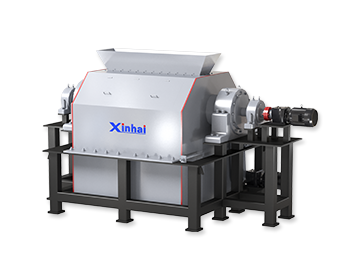
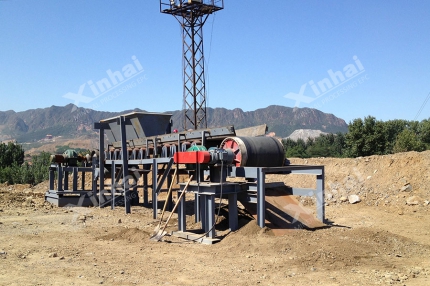
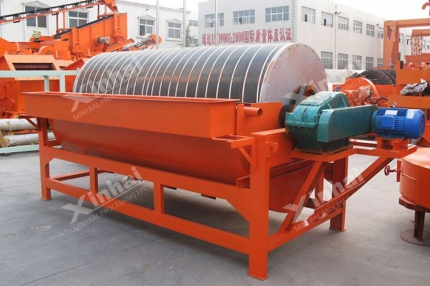
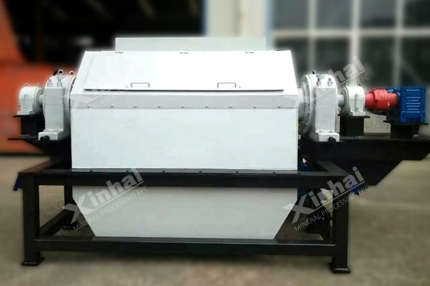
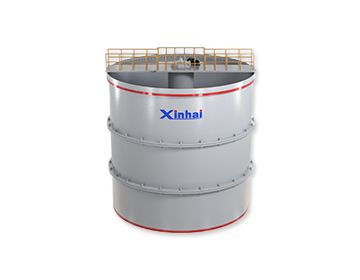
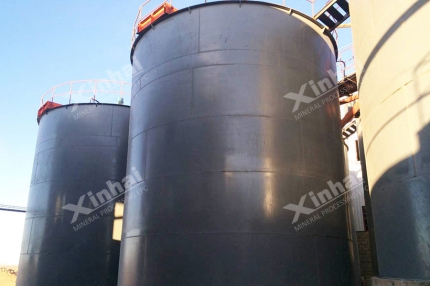
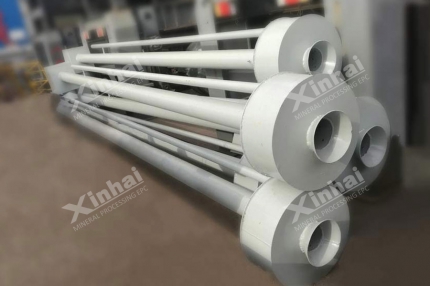
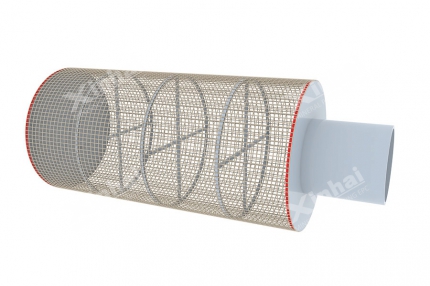
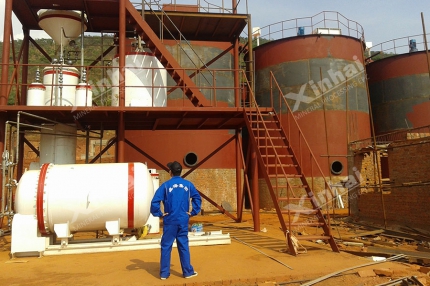
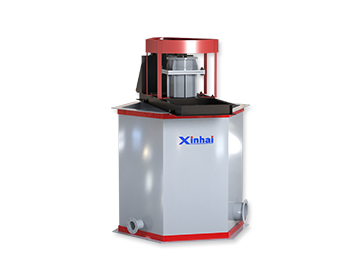
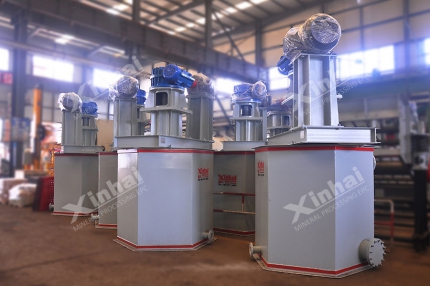
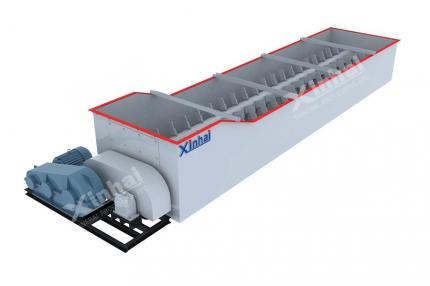
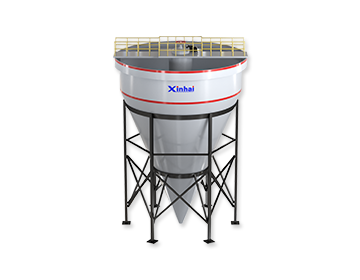
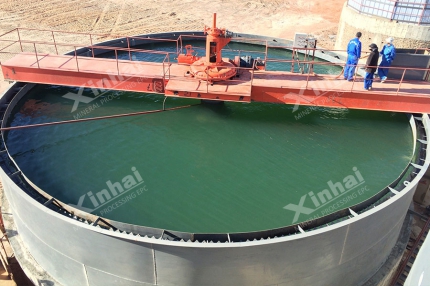
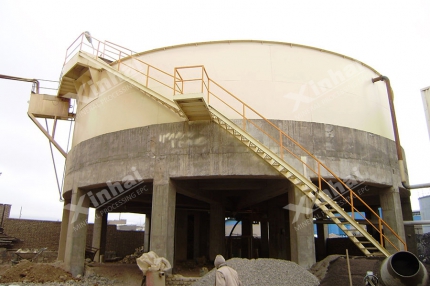
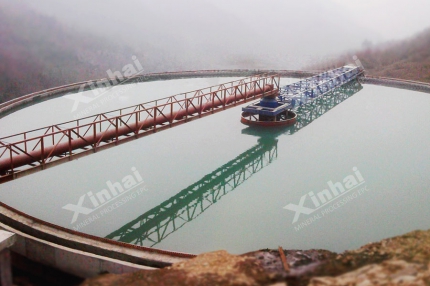
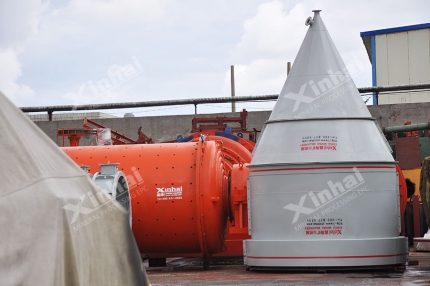
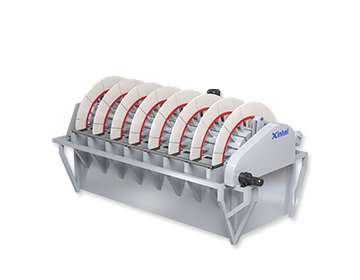
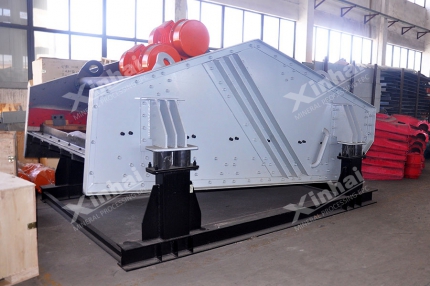
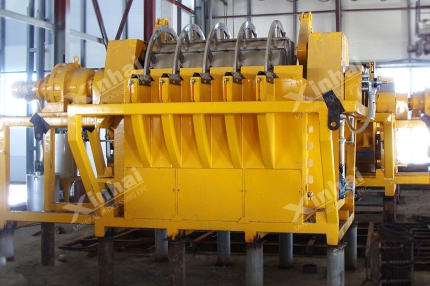
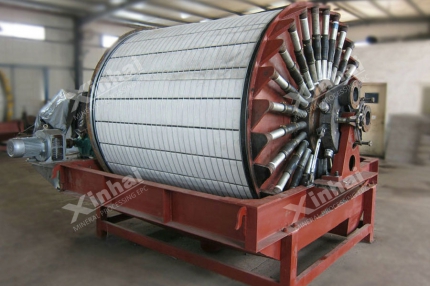
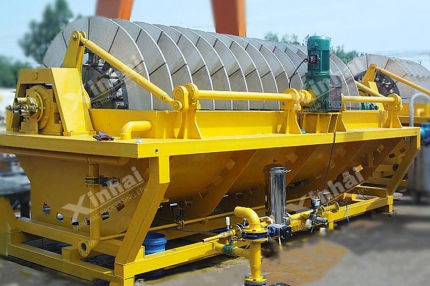
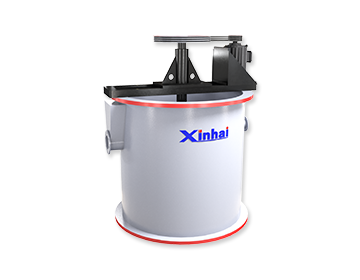
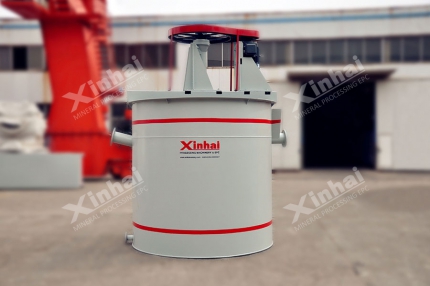
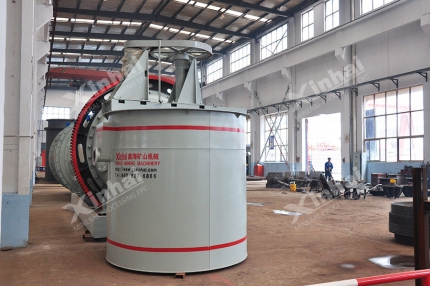
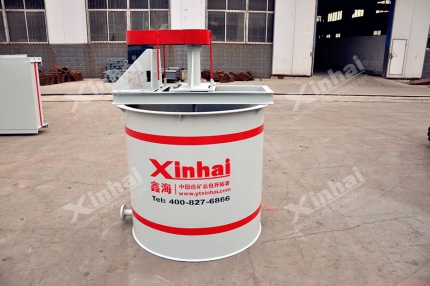
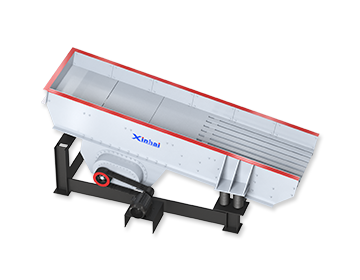
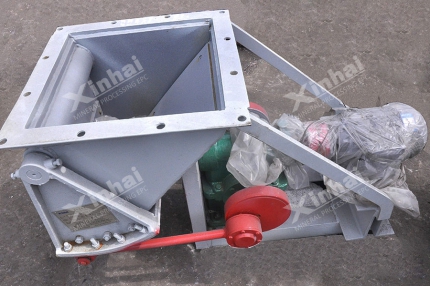
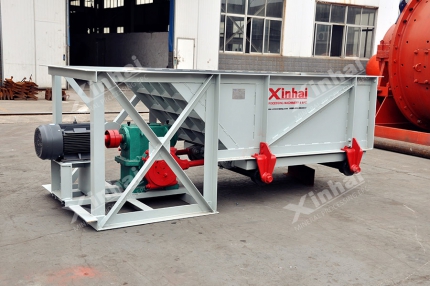
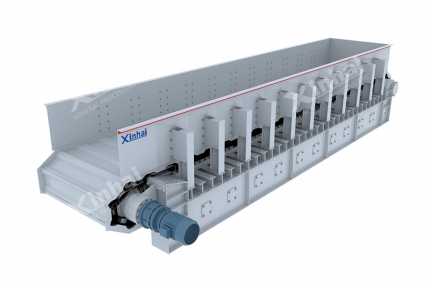
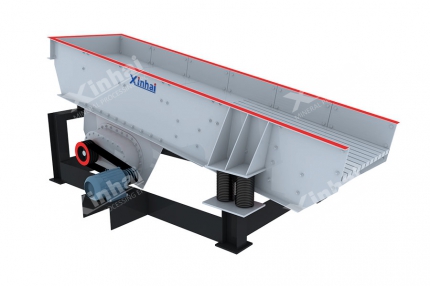
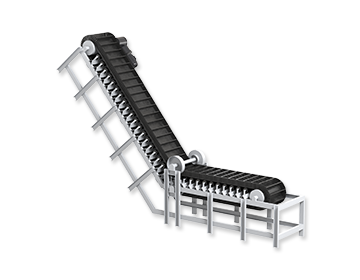
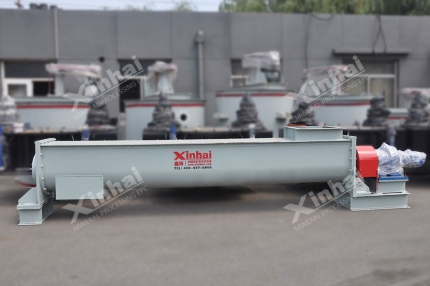
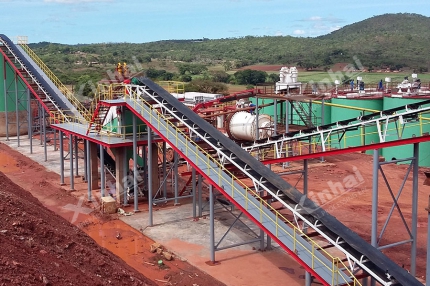
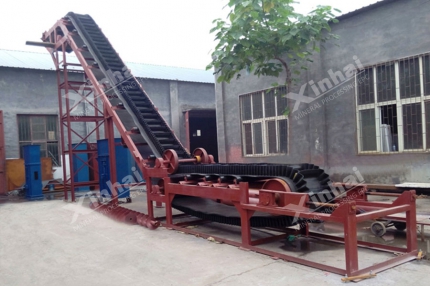
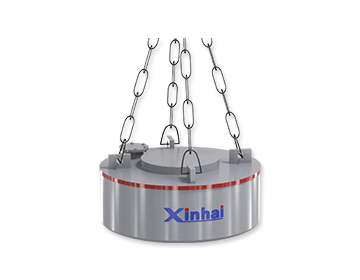
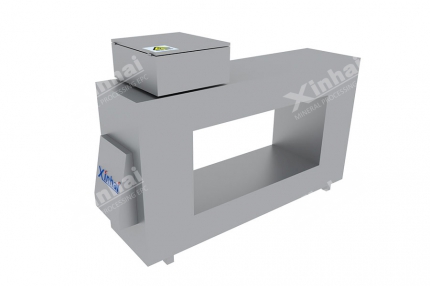
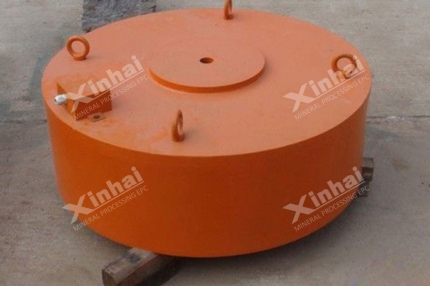
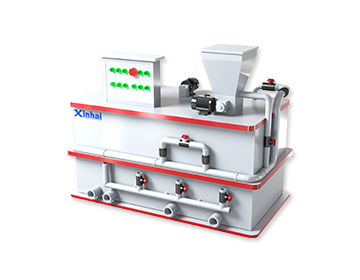
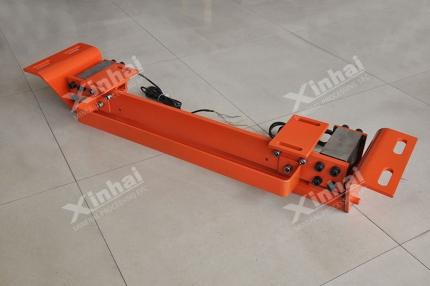
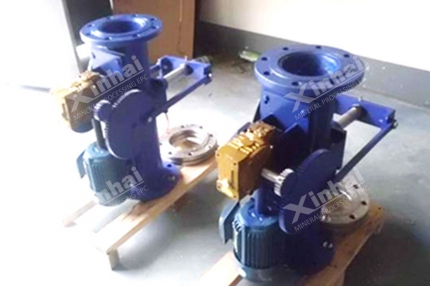
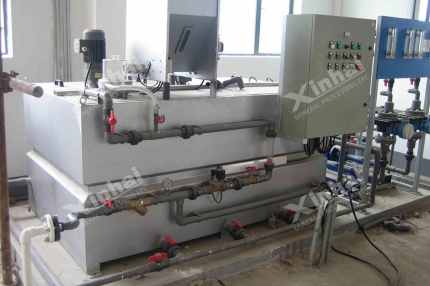
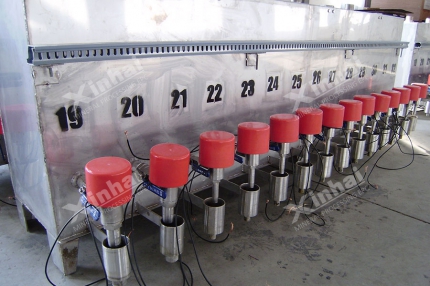
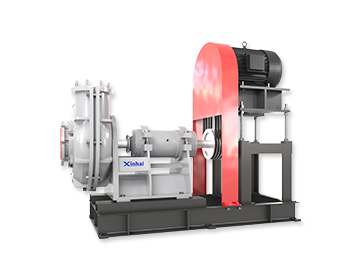
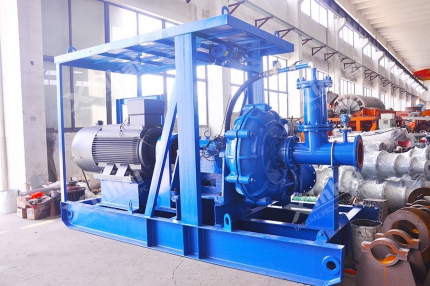
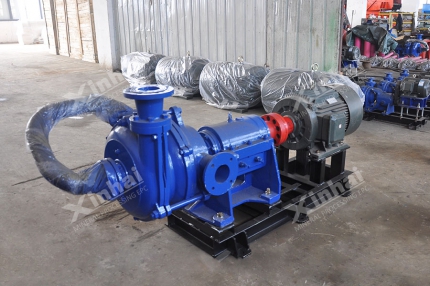
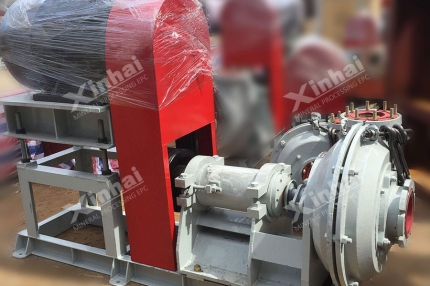
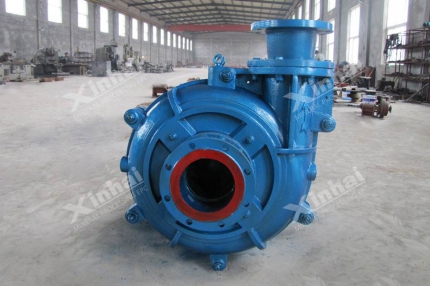
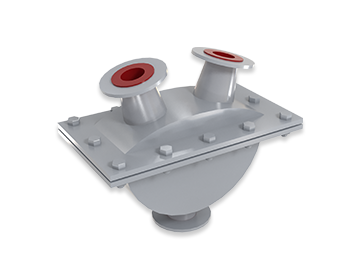
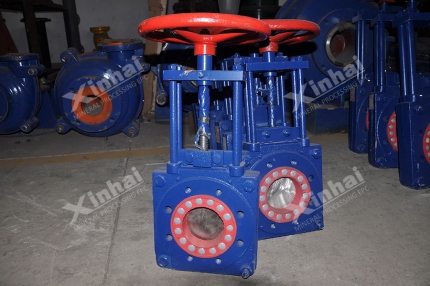
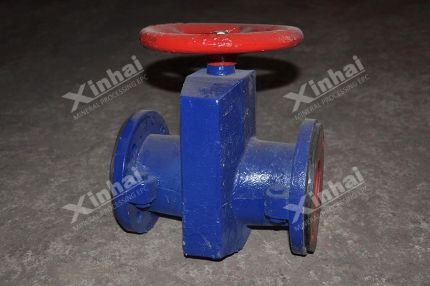
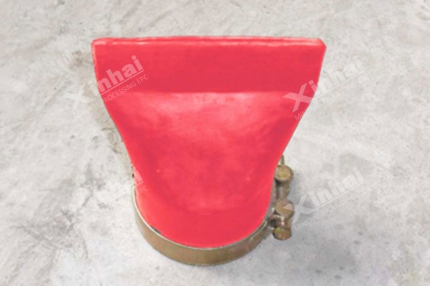
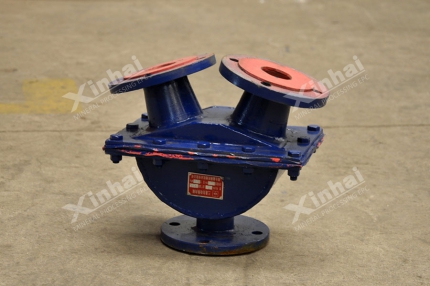
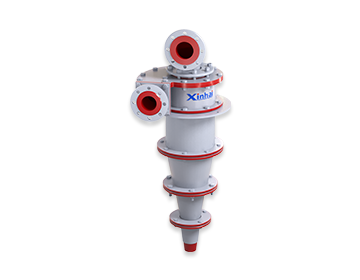
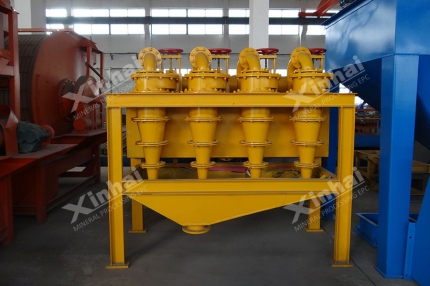
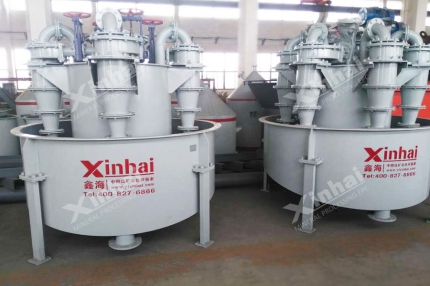
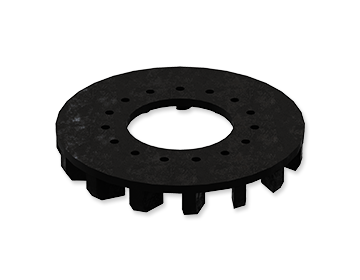
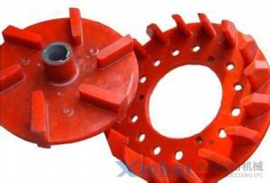
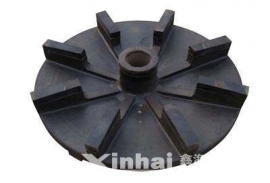
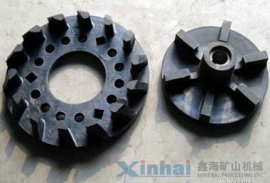
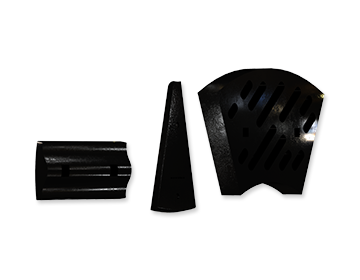
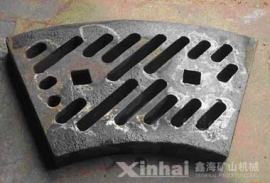

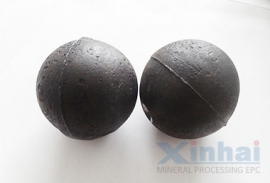
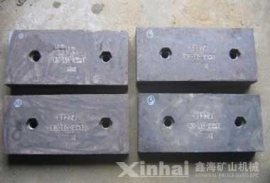
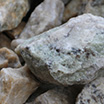
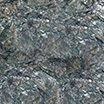
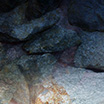
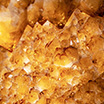


 CHAT
CHAT MESSAGE
MESSAGE

.jpg)


